I have driven a racing car. On television, it looks like a smooth and scientific matter. It is not. A racing car is a fearsome environment of engulfing pyroclastic heat, metaphor-testing noise, vision-blurring vibration and nauseating centrifugal forces. Ninety years ago it was even worse. The cars had tyres with little grip, feeble brakes and no crash protection whatever. Hot oil would continuously spray over drivers, who raced in linen caps; and an off, as they call excursions, would often result in mutilation or immolation.
Faster is the story of René Dreyfus, who flourished in this atrocious atmosphere, in a culture where the public found the achievement of speed a transfixing spectacle. After all, Aldous Huxley believed speed was the only sensation unique to the 20th century, since flight had been known to 18th-century balloonists.
A suave, rich, non-observant Niçois Jew, Dreyfus existed in a cascade of Jazz Age brilliance, with plenty of champagne and casino visits. He can be found in the Encyclopaedia of Jews in Sport, not an enormous publication. With Lucy Schell, an American heiress and adventuress, and Charles Weiffenbach of Delahaye, a French businessman most experienced in the manufacture of fire-engines, Dreyfus formed Ecurie Bleue, so called because blue was the designated colour of France in international motor racing.
This part of Dreyfus’s career culminated in 1938 at the Pau Grand Prix when, in an underpowered car managed by a nicely amateurish team, he beat the German Silver Arrows. These were the pitilessly organised technocrats, with their Porsche-designed Mercedes-Benzes and Auto-Unions, that were mandated by Hitler to demonstrate to the world that the Ubermensch concept applied to cars as well as people.
Motor racing is expensive and absurd, dangerous and irresponsible — and that is why it is compelling. Hemingway believed that the only real sports were the ones that kill, all the rest being mere pastimes. Racing drivers don’t travel from A to B; they go from ecstasy to pathos, and Dreyfus managed this journey well. But his moment of track glory was short. Truth be told, he only beat the Germans because of cunning gamesmanship with fuel management. The German cars were actually much faster, but burned more petrol. And in any case, the Nazis soon found more damaging ways to demonstrate their theories of superiority.
Nonetheless, when Hitler invaded Paris in 1940 his goons were instructed to find and destroy Dreyfus’s car and redact the official record of the Pau GP. This was made easier because the Nazis had installed themselves in the Hotel Crillon on the Place de la Concorde, next to the Automobile Club de France, the official record-keepers.
Neal Bascomb writes with a confidence and elegance based on impressive research and experience in the field of adventures. Faster fits neatly into the wizard-wheeze genre that he has made his own (earlier books include one on Roger Bannister’s mile and Eichmann’s capture).
His style will be recognised by anyone familiar with American long-form journalism. Occasionally this eye-witness schtick grates (‘the small city stood in the distance like a serene jewel’). And would there have been an espresso machine in Pau in 1938? Also, he sometimes reveals an uncertainty with his material: Tazio Nuvolari’s Italian racing car was not a ‘Tipo’ (which is just Italian for ‘type’) but an Alfa-Romeo Tipo 308.
The war found Dreyfus in New York, after which he opened a fine restaurant, Le Chanteclair, on East 49th Street in 1953. Its regulars over the years included Walter Cronkite, William Faulkner and Neil Armstrong. By all accounts, Dreyfus was as accomplished a restaurateur as he was a racing driver, with Le Chanteclair lasting until 1979.
A fully convincing portrait of this extraordinary man does not emerge here, although there are haunting details, including a habit of leaving his wedding ring and watch on the hotel night-stand before any race. But Bascomb’s book is not really a biography, more a spirited apology for motor racing itself. We can see the sport as a defining activity of the 20th century, with its reverence for machines, its cartoonish adoration of bravery, the idea that mechanical engineering can express national purpose and its commitment to competition via crazy speed.
The smell of the Age of Combustion is now evaporating (Bascomb records a witness likening racing-car exhaust at the time to a mixture of boot polish and tinned pineapple). But its distance and irrelevance make it touching. Escapism? Yes, of course. There is not much glory in our world. But you will find it in Faster.
Got something to add? Join the discussion and comment below.
Get 10 issues for just $10
Subscribe to The Spectator Australia today for the next 10 magazine issues, plus full online access, for just $10.
You might disagree with half of it, but you’ll enjoy reading all of it. Try your first month for free, then just $2 a week for the remainder of your first year.


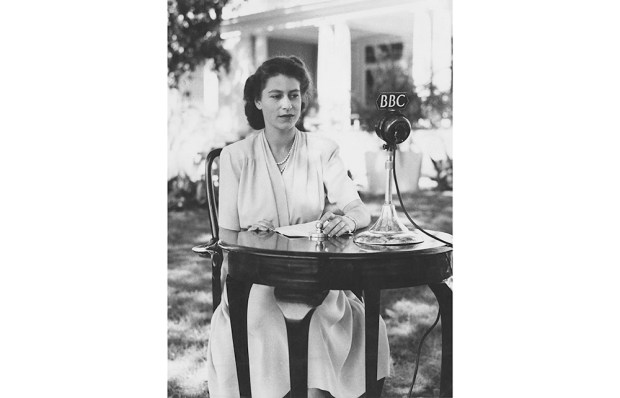
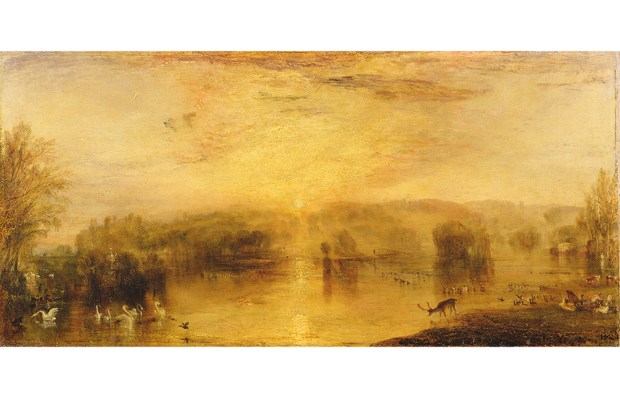
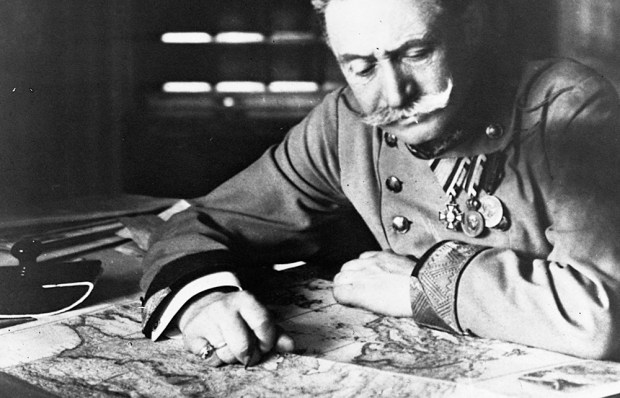

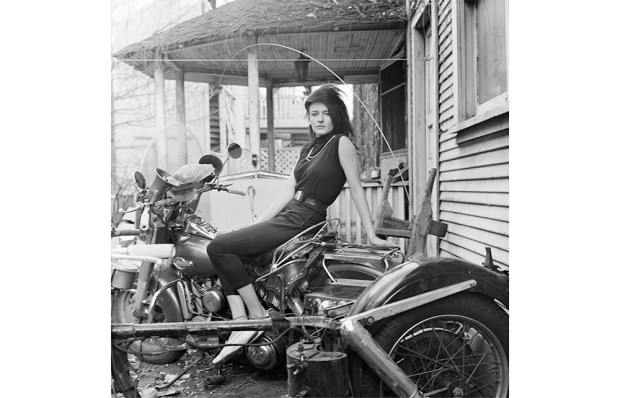
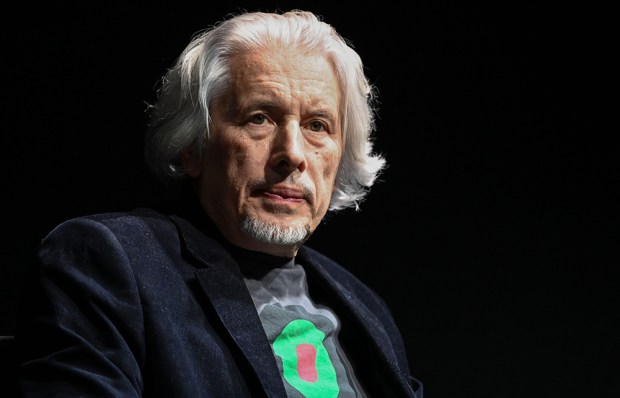






Comments
Don't miss out
Join the conversation with other Spectator Australia readers. Subscribe to leave a comment.
SUBSCRIBEAlready a subscriber? Log in